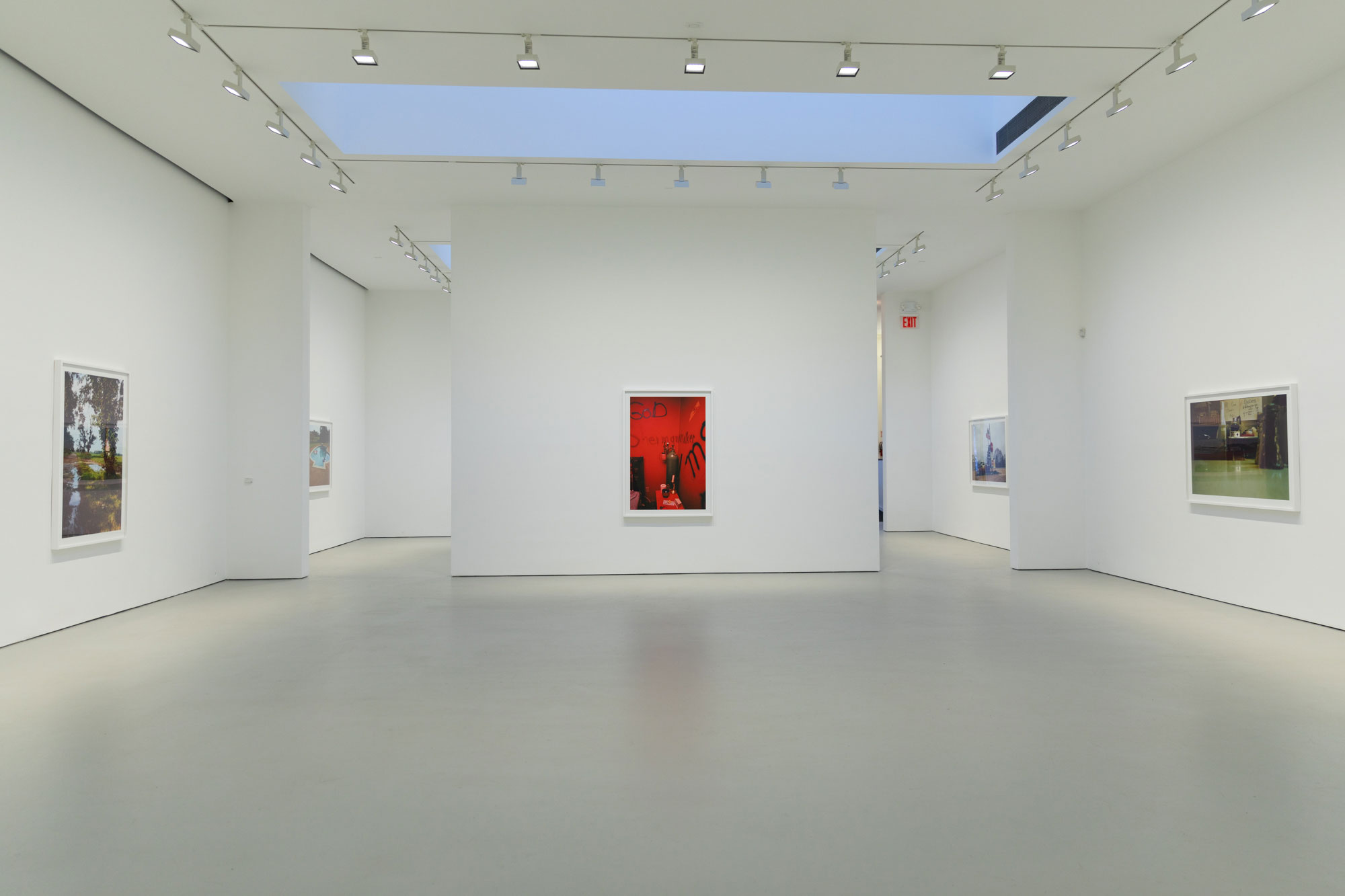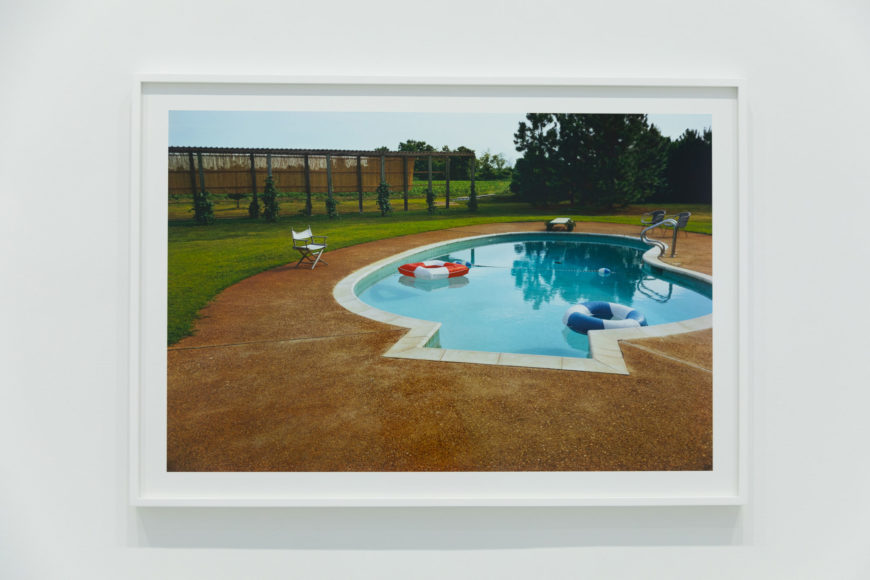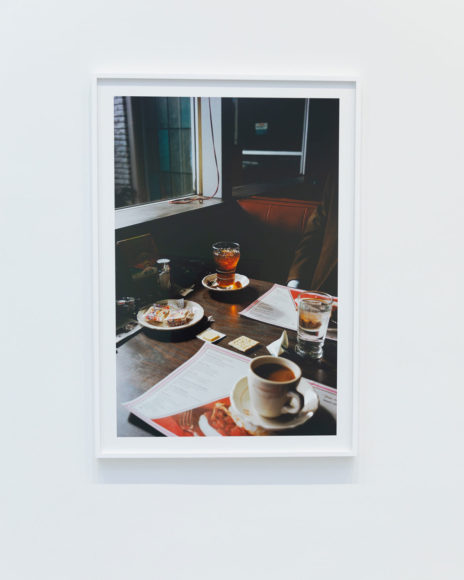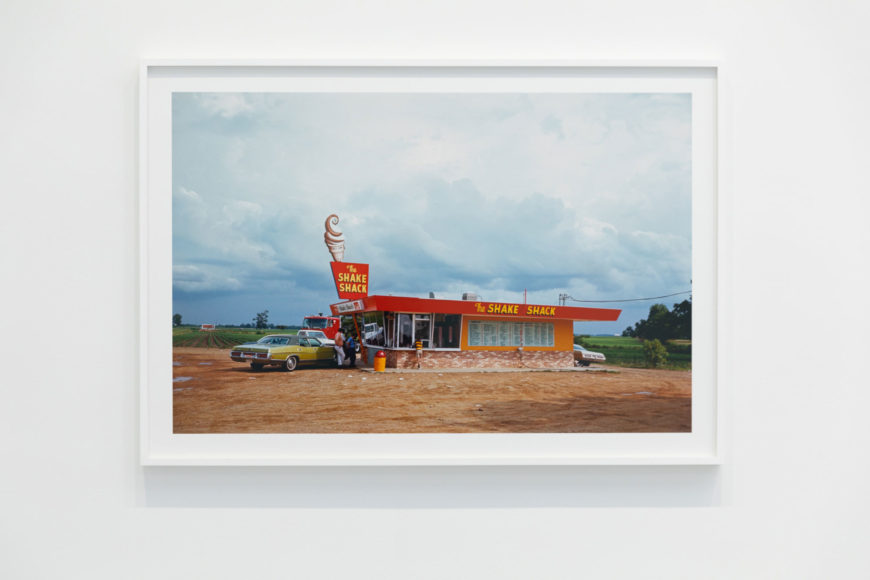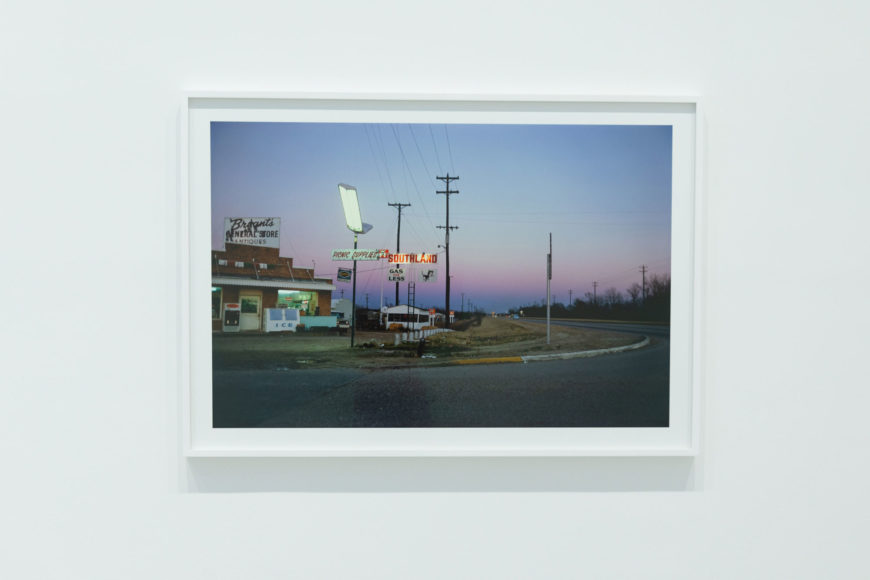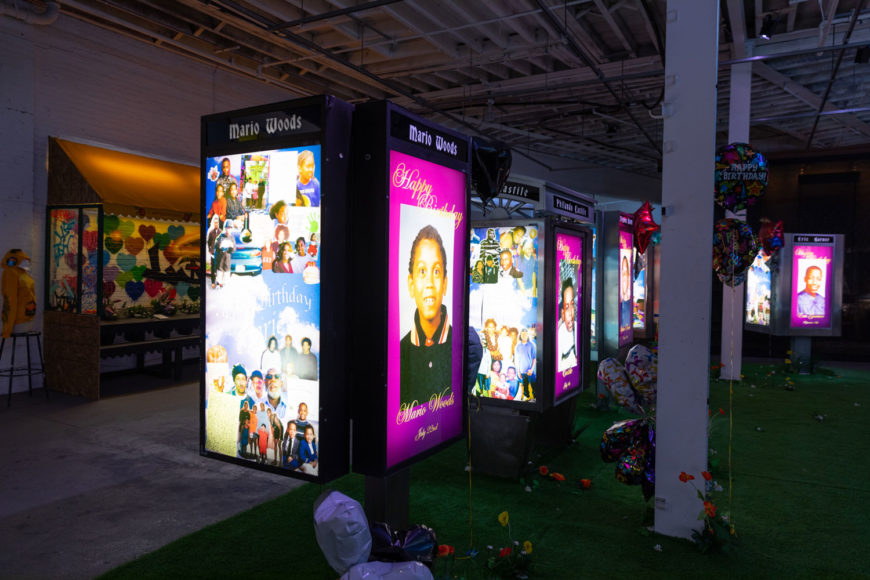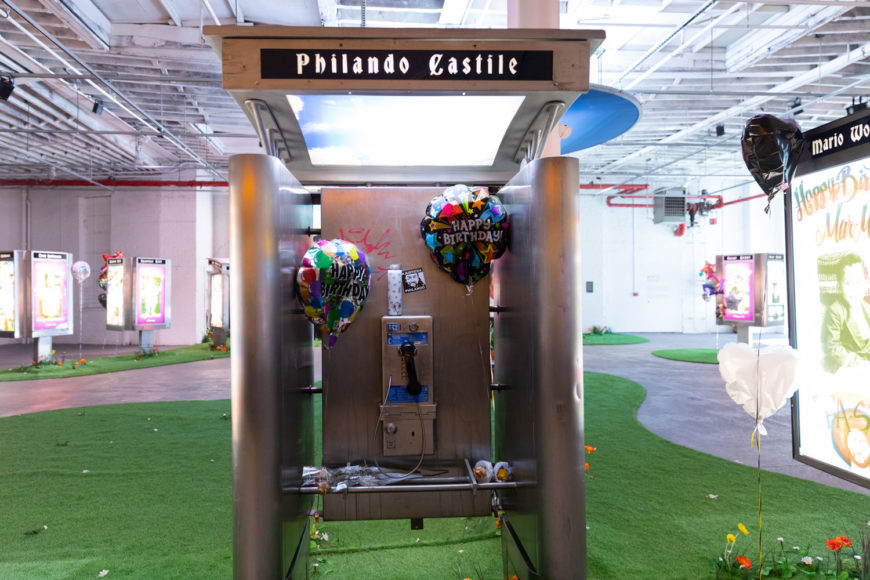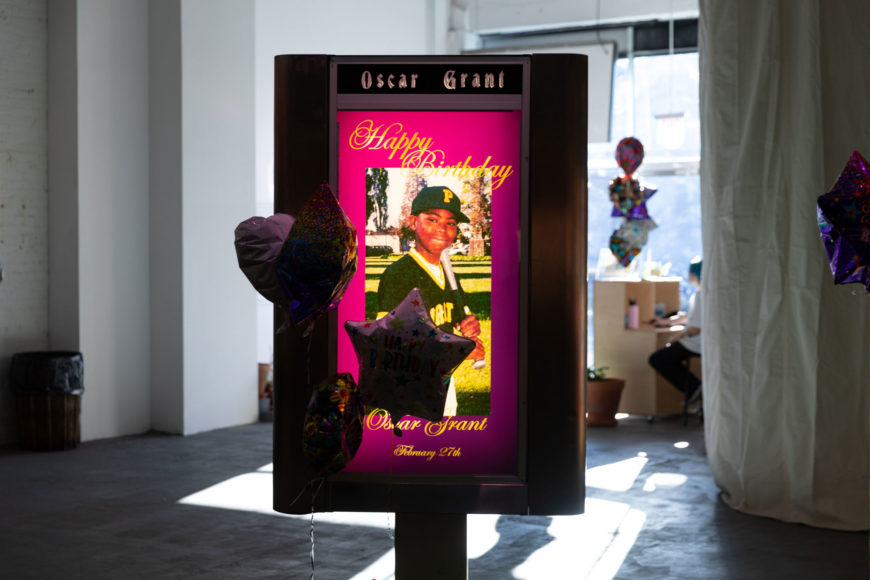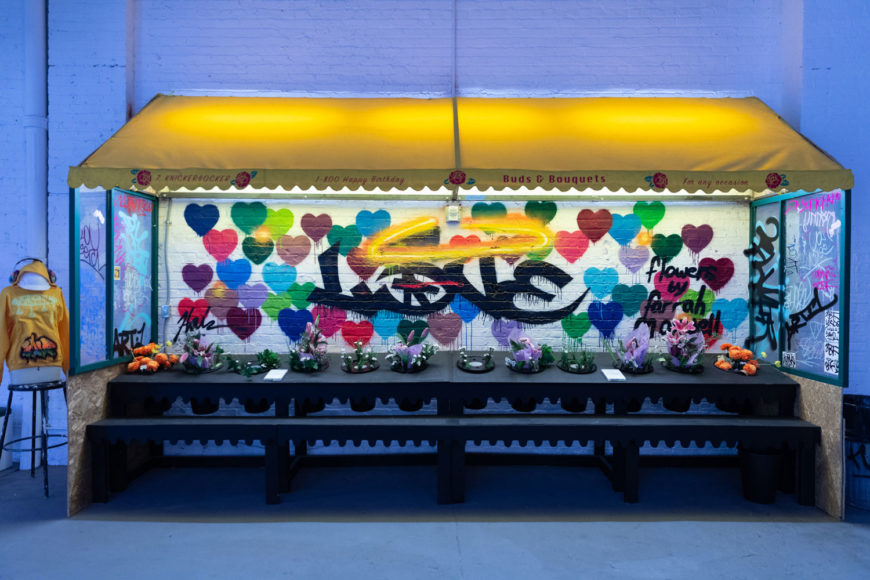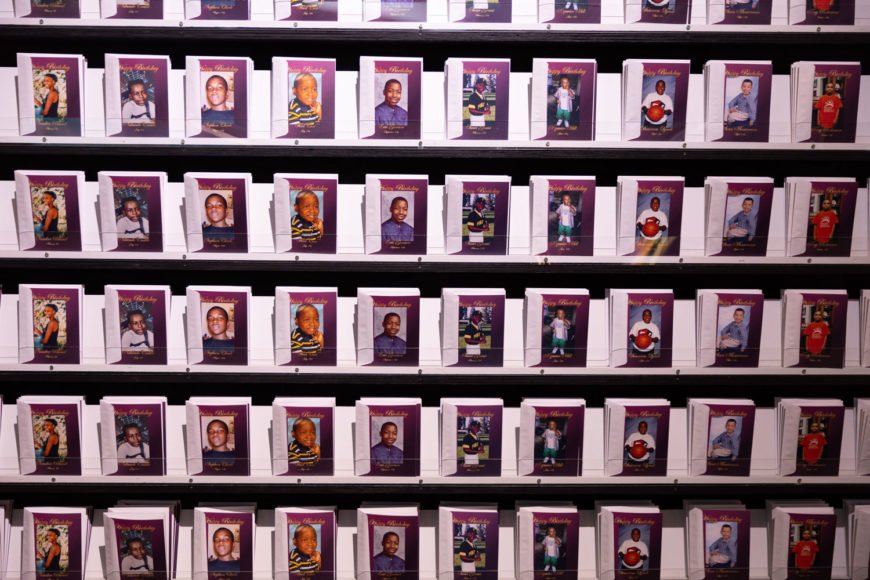Old world vs. new world art viewing in NYC
William Eggleston has the uncanny ability to make work that is colorful and gorgeous while simultaneously exhibiting the feeling of isolation and loneliness. This is what makes his work unique and him a master at his craft.
His gift is capturing the quiet moments—people alone in their car, empty gas stations, old buildings in the middle of nowhere —all in vibrant and bold color palettes.
The work is so incredibly beautiful, his use of color and composition is impeccable, yet there is an inherent feeling of sadness and solitude to his images.
Many of the works hit close to home in terms of triggering a memory—a glass of iced tea with some opened saltines at a diner (a staple scene in my Long Island 80’s / 90’s childhood), a rural ice cream stand, a pool that’s seen better days which can be depressing even on the hottest day, a suburban liquor store parking lot.
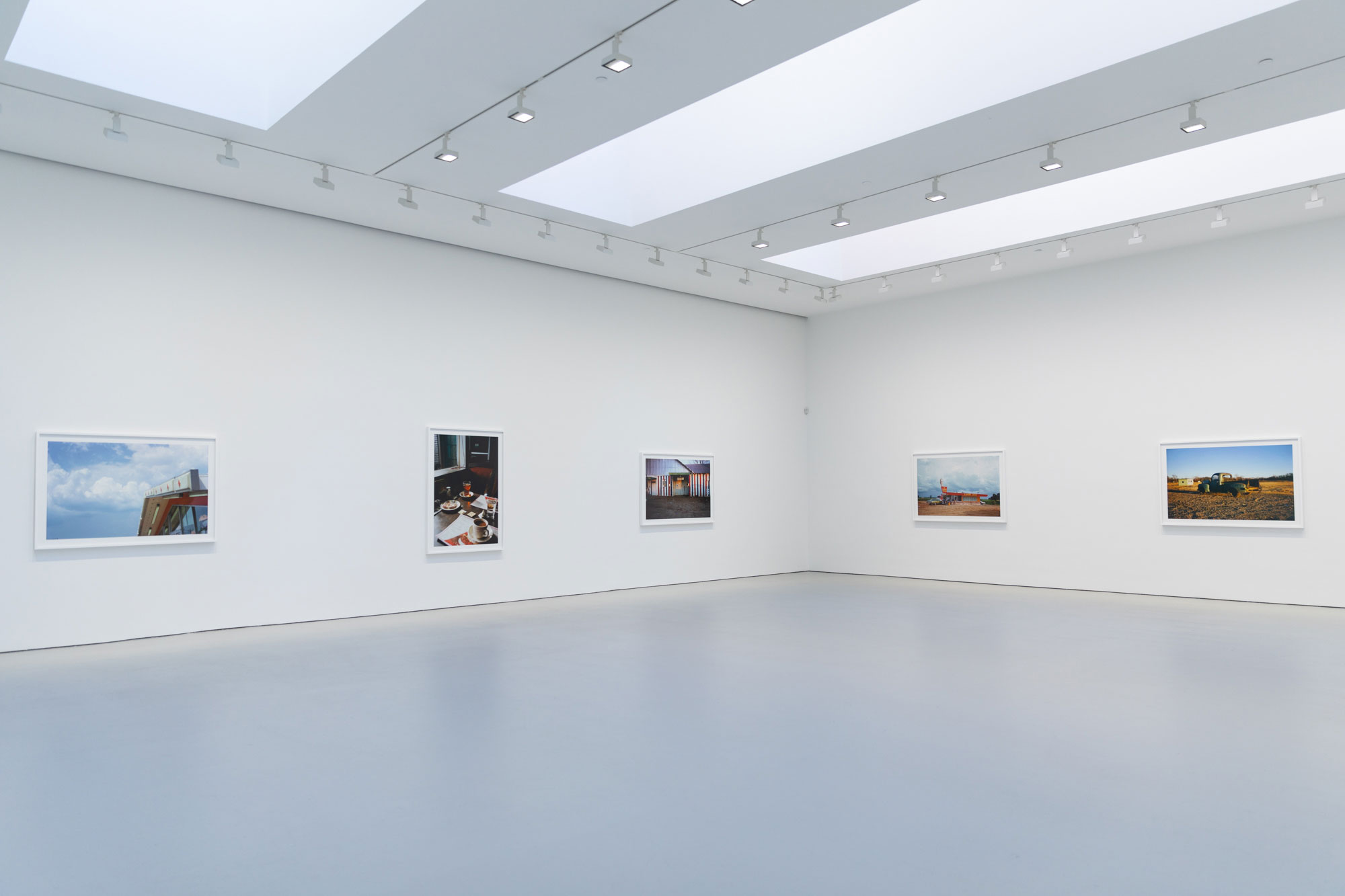
The same goes for the experience of viewing his work. Eggleston is part of the blue-chip gallery community in Chelsea. This show is currently on view at David Zwirner. It’s perfectly displayed in an immaculate space with pristine white walls and a lovely bit of skylight. The space is quiet and impressive, it’s one of my favorites in the city and hosts countless great shows and artists.
I assume the pieces are being sold to collectors of wealth most can’t imagine, with a good chance many of them will be tucked away in a storage facility where lot’s of amazing art as investment purchases go to die (seen by no one). It’s a tale as old as time and part of the seemingly perpetual cycle of the high art world—works made by a majority of white male artists being sold to mostly other white men with money. An exclusive scene that’s nearly impossible to penetrate and very much a reflection of a tired and outdated patriarchal structure.
I understand why it’s hard for these spaces to change, the cost of running a gallery in NYC is steep as is trying to live as a working artist. Not biting the hand that feeds can be a necessary evil to keep the lights on for both parties involved, metaphorically and literally speaking. However, I would love to see the roster of female-identifying artists on par with those of their male counterparts in the high art world and more opportunities for all kinds of people to become collectors.
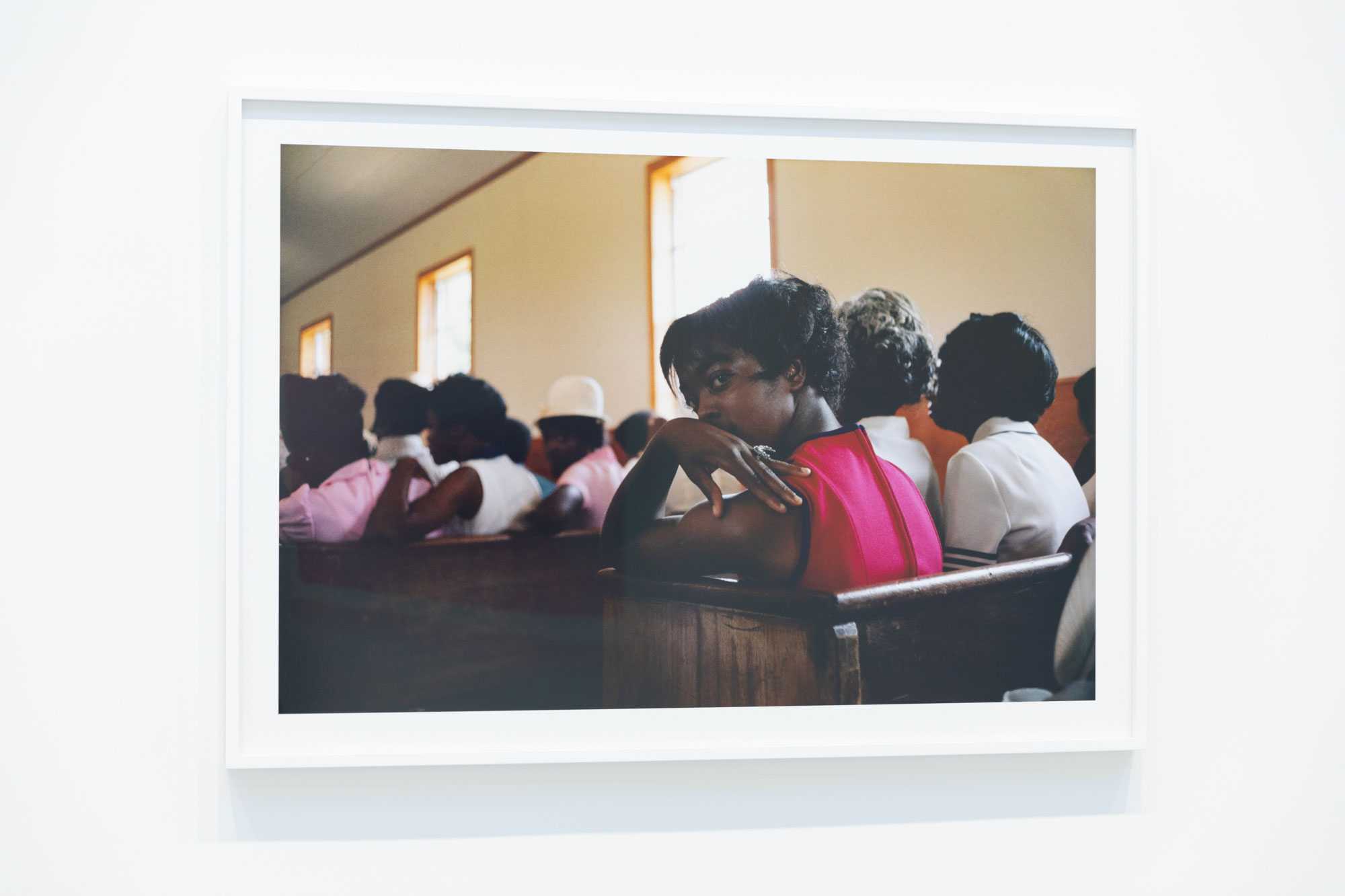
Luckily, for those of us with limited budgets and wall space, visiting galleries is one of the greatest free gifts NYC has to offer. The vast amount of thoughtfully curated, amazing work on view at our fingertips is a dream come true for art lovers.
That being said, catch this show while you can, it’s GORGEOUS! I love William Eggleston, his work and the David Zwirner space. I hope these pieces live on in at least a country home guest room.
Later that week I made it over to worthless studios in Bushwick, Brooklyn, a nonprofit which opened recently. Their mission statement is simple:
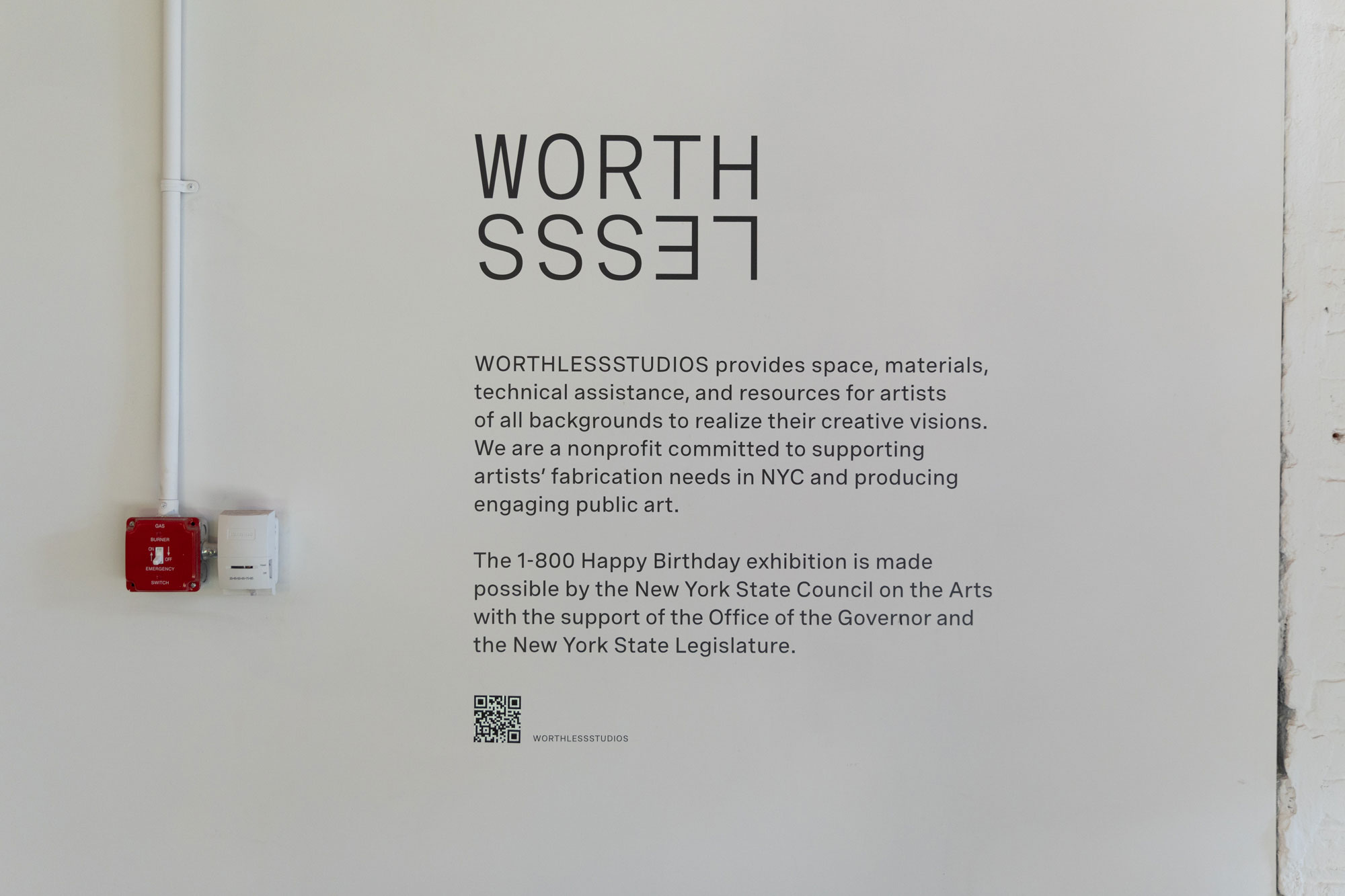
“WORTHLESSSTUDIOS provides space, materials, technical assistance, and resources for artists of all backgrounds to realize their creative visions. We are a nonprofit committed to supporting artists’ fabrication needs in NYC and producing engaging public art and exhibitions.
We dream up and execute art projects in collaboration with our community partners and resident artists. In producing art rooted in artistic activation, community engagement and education, we believe that we must go beyond simply installing artwork in public spaces.”
When I walk into the gallery I’m greeted by a blue-haired person who asks me to sign in on an iPad with all my information. They want to know you here, they want you to be part of the community. Reggaeton is floating into the room from a fabrication studio connected to the gallery. The space is impressive, a massive warehouse converted into a gallery. There is a sense of openness here, you can feel the love and group effort that was put into getting this show together and they want you involved.
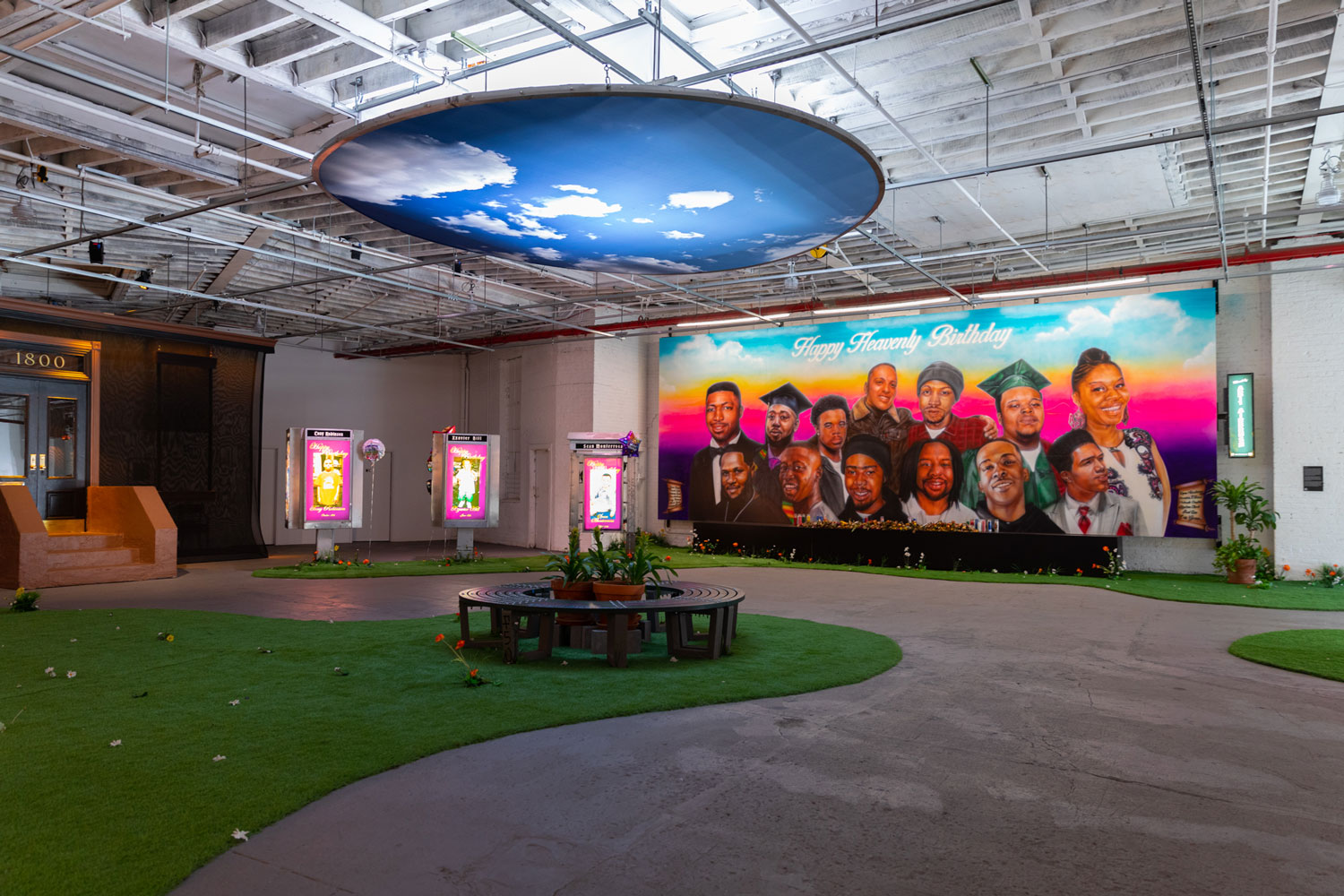
Currently on view is the project 1-800-Happy Birthday:
“1-800 Happy Birthday is an exhibition honoring Black and Brown lives killed by police. Originally a voicemail project, now transformed into a large-scale exhibition in a 10,000 square-foot warehouse, 1-800 Happy Birthday is created by artist Mohammad Gorjestani and Even/Odd, curated by Klaudia Ofwona Draber, with artistic direction by Neil Hamamoto, and presented by arts nonprofit WORTHLESSSTUDIOS with the aim of honoring the lives of those lost too soon. “ – worthless studios website
The exhibit consists of old NYC photo booths each in honor of a different life lost adorned with photos of the victims. Guests can pick up the phone and hear recorded voice messages wishing a happy birthday to their lost loved ones. Again, the feeling of isolation and loneliness is felt here yet in a totally different way. At this show, you’re experiencing the individual sadness of a person tragically losing a person they love too soon.
You can feel the love and pain when exploring the installation. It’s public, it’s literally on display. There is a soul to this show and the space is welcoming and interactive, it’s made for everybody to experience and participate, to learn and honor the victims of police violence and celebrate the life of these individuals. To show them for who they were instead of what happened to them. Viewers can purchase flowers, cards and balloons to place on the memorials, the proceeds going to a fund to help out impacted families.
I couldn’t help but notice the juxtaposition between these shows, which made me think about loneliness in their own way. The differences in how this feeling manifested, quiet and internal at the Eggleston show and the outward and palpable emotion at worthless studios where it’s impossible not to tear up. You could feel the presence of each person being remembered at that show. It is beautiful. The clean cut buttoned upness of the Eggleston show and the guarded exclusivity of the old-world gallery style vs the changing tide with spaces like worthless studios which is a space about the people, building community and connections, inviting and open, everybody is an equal and asked to participate. Art without hierarchy or an invisible velvet rope.

